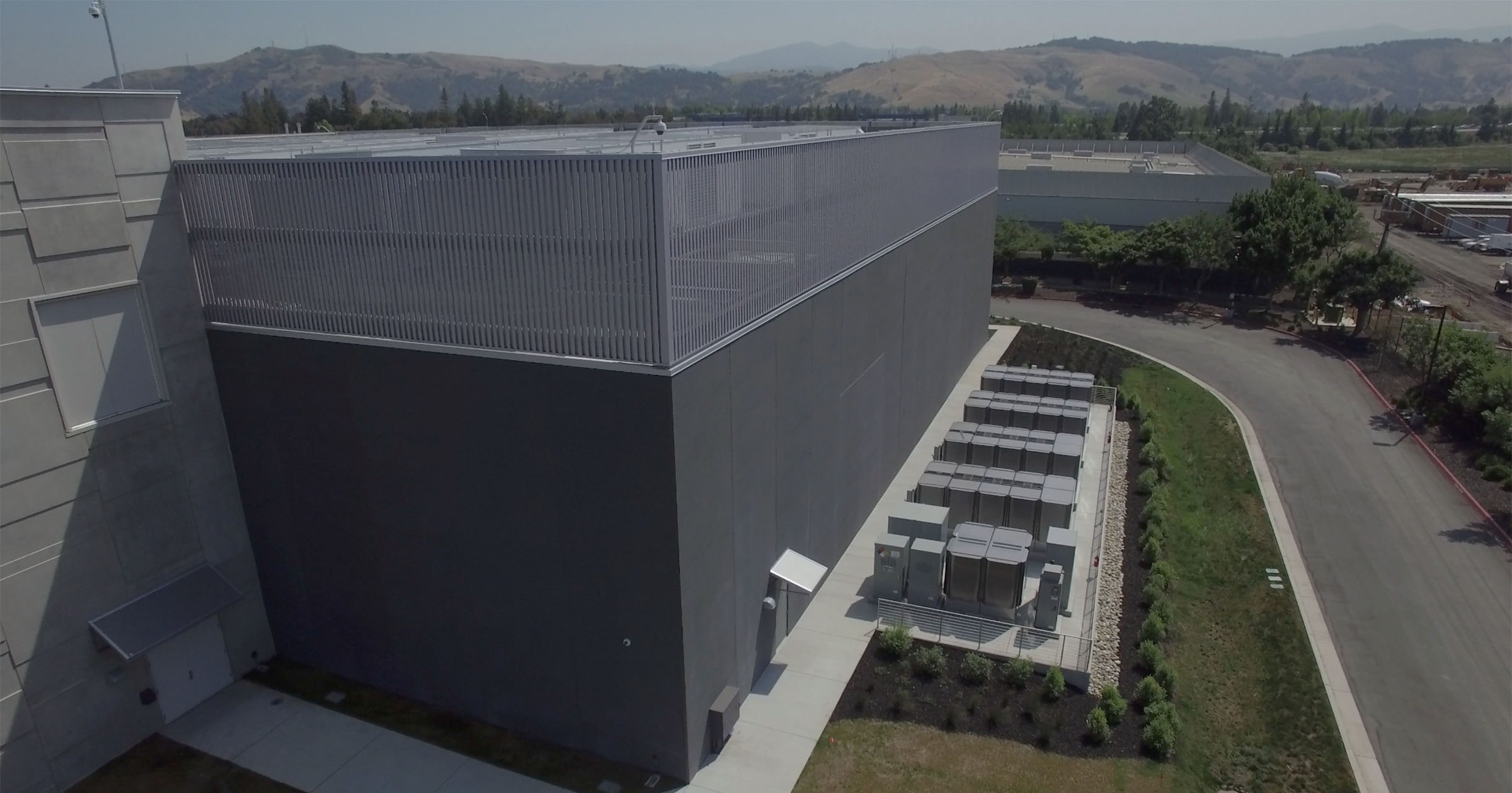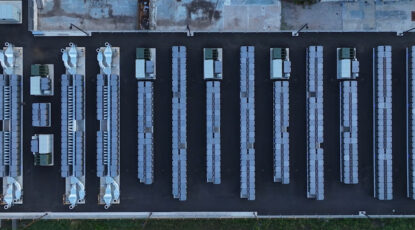The recent news in Oregon that AWS chose fuel cell technology to help the cloud provider scale its data center business highlights a breakthrough energy technology available to a power-hungry industry that is resilient, secure, and has a pathway to net-zero emissions.
Utilities across the United States are challenged to add generation capacity quickly enough to meet the growth demands of data center customers. In many states, such as Texas and California, they are also experiencing an increasing number of service interruptions, with significant impact to business operations and the lives and livelihoods of the people in the communities they serve.
The problem is exacerbated by the fact that data center energy needs are huge, and adding new 24×7 generation sources quickly that are aligned with prevailing zero carbon and renewable policy ambitions is challenging. The system is plagued by transmission constraints, severe weather-driven resilience challenges, issues with the integration of intermittent renewables, underperforming hydro assets, planned nuclear retirements, misalignment of biogas incentives, and virtually no zero-carbon options.
Natural gas fuel cells
AWS selected the onsite, solid oxide fuel cell technology to provide distributed energy to three proposed data center sites in Oregon requiring 24.3 MW at each location. AWS learned that the local utility could not add capacity in time. It chose solid oxide fuel cells that convert natural gas to electricity without combustion, with a 99 percent decrease in smog-forming pollutants and water use and 50 lower carbon emissions than the displaced grid power in the region.
Further, the fuel cells have a minimal footprint or infrastructure at the location of the data center, reducing the need for transmission lines or related materials and the associated energy losses, costs, and fire risks that come with such transmission.
We all want to get to net zero carbon emissions. Natural gas fuel cells are an interim solution
It’s time to embrace a solution such as fuels cells to support the growth profile as we balance need with available resources. Chicago-based Arizton’s, a research firm, issued a report last year that said the US data center construction market is expected to have a compound, annual growth rate of about 3.5 percent during 2022-2027. It cited the growing popularity of IoT, the emergence of 5G networks, and the demand for streaming online entertainment content at high speeds as the major factors driving the growth of the US data center market. The use of cloud computing services and applications will also continue to grow at over 30 percent CAGR , leading to further development of large hyperscale cloud-based data centers.
We all want to get to net zero carbon emissions as fast as possible. We all want to have energy supplies to meet our needs for a prosperous and health society. We are making progress towards these mutually inclusive goals, starting with new interim solutions that help meet today’s quickly evolving needs with tomorrow’s promise.



